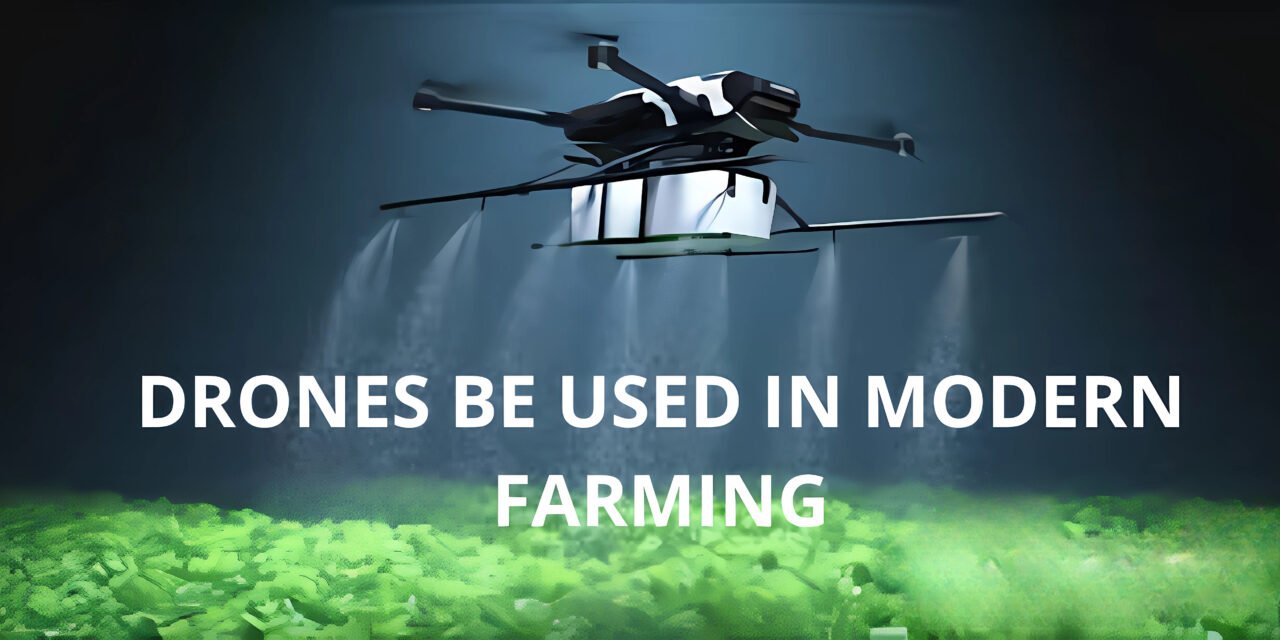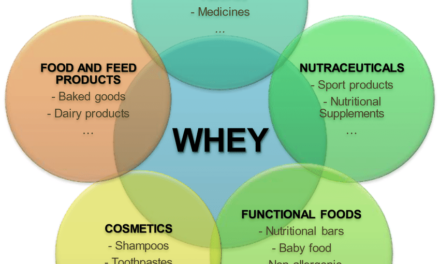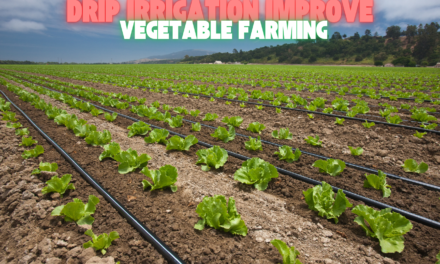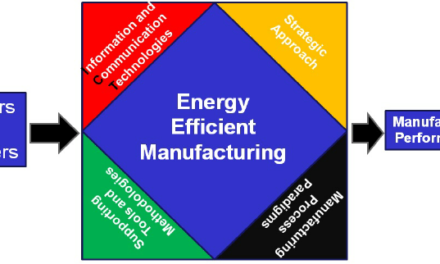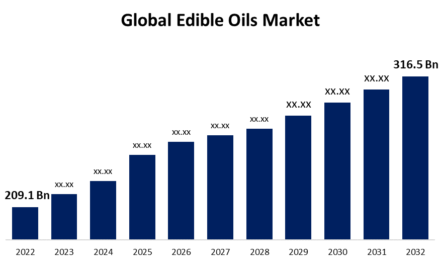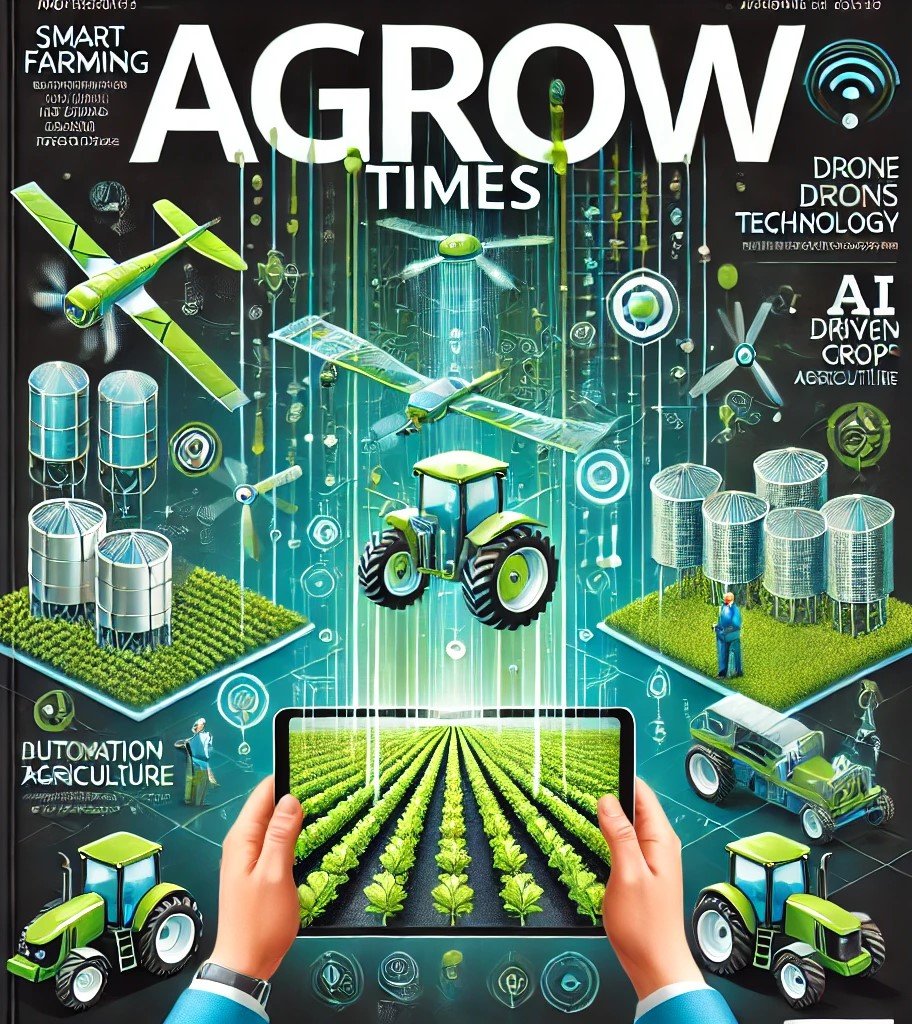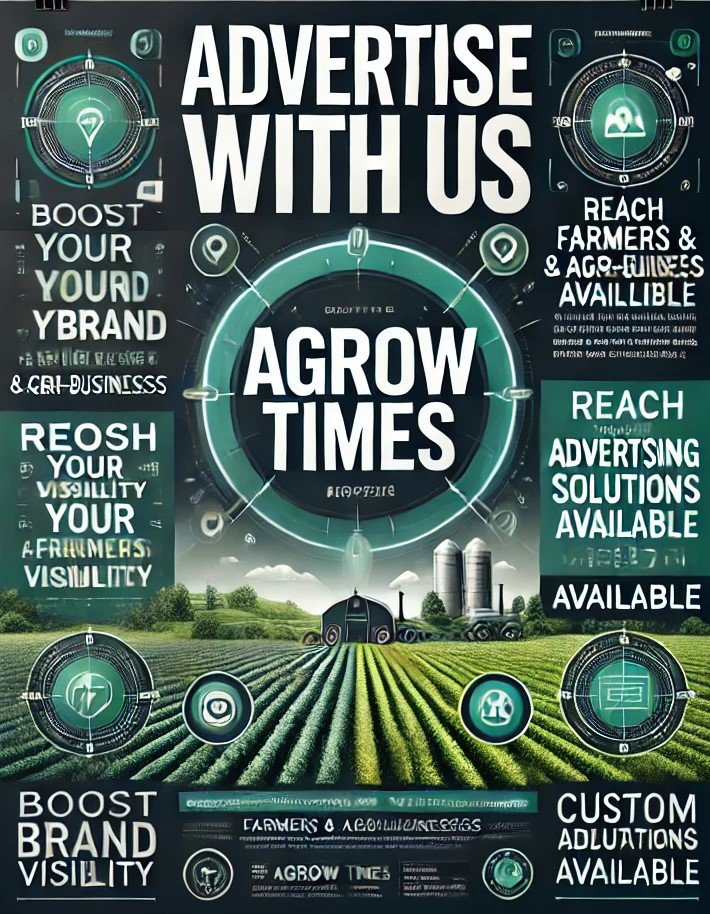Drones are transforming modern farming by offering innovative, efficient, and precise solutions to traditional agricultural challenges. Here’s how drones can be utilized in modern farming:
1. Crop Monitoring and Analysis
- Aerial Surveys: Drones equipped with high-resolution cameras or multispectral sensors can provide real-time imagery of fields, allowing farmers to monitor crop health and growth patterns.
- Early Problem Detection: Drones can identify issues like pest infestations, nutrient deficiencies, or water stress early, enabling targeted interventions.
- NDVI Analysis: Using near-infrared sensors, drones generate Normalized Difference Vegetation Index (NDVI) maps to assess crop vigor and health.
2. Precision Agriculture
- Variable Rate Application: Drones provide data that can inform site-specific applications of fertilizers, pesticides, and water, reducing waste and improving efficiency.
- Spot Spraying: Some drones can carry sprayers to apply chemicals precisely to affected areas, minimizing environmental impact and reducing costs.
3. Soil and Field Analysis
- Soil Mapping: Drones can capture data to create 3D soil maps, identifying areas with drainage issues, nutrient deficiencies, or compacted soil.
- Pre-Planting Analysis: Farmers can use drones to assess field conditions and determine the suitability of the soil for planting specific crops.
4. Irrigation Management
- Water Stress Detection: Thermal sensors on drones can identify areas with water stress by detecting temperature variations in the soil and plants.
- Irrigation System Monitoring: Drones can inspect irrigation lines and systems for leaks or blockages, ensuring efficient water use.
5. Livestock Management
- Herd Monitoring: Drones can track the movement and health of livestock over large areas, saving time and effort compared to manual checks.
- Fence Inspection: Drones can fly along fences to detect breaches or damage that needs repairs.
- Pasture Management: They can assess the condition of grazing land and identify areas for rotation or improvement.
6. Planting and Seeding
- Seed Bombing: Drones equipped with seed dispensers can plant seeds in difficult-to-access areas, such as slopes or wetlands.
- Reforestation: Drones can efficiently scatter seeds for large-scale reforestation or agroforestry projects.
7. Disease and Pest Control
- Pest Detection: Drones can identify hotspots of pest infestations and provide targeted treatment recommendations.
- Aerial Spraying: Some drones are designed to carry pesticides or herbicides, spraying crops uniformly or focusing on specific areas.
8. Harvest Estimation and Yield Prediction
- Yield Monitoring: By analyzing crop density and health, drones can predict yields and help farmers plan harvesting logistics.
- Maturity Assessment: Drones can monitor the ripeness of fruits or crops, allowing farmers to schedule harvesting at optimal times.
9. Weather Monitoring
- Localized Weather Data: Drones equipped with atmospheric sensors can provide localized weather information, such as temperature, humidity, and wind patterns, aiding in better farm management.
10. Disaster Management
- Flood Damage Assessment: After floods, drones can survey the extent of waterlogging or damage to crops.
- Drought Monitoring: Thermal imaging from drones helps detect areas affected by drought and informs water redistribution.
11. Record Keeping and Compliance
- Field Mapping: Drones can generate accurate field maps for farm planning and record-keeping.
- Regulatory Compliance: Aerial images from drones can be used to demonstrate compliance with environmental or agricultural regulations.
12. Cost Reduction and Labor Efficiency
- Reduced Manual Labor: Drones save time and effort in monitoring, mapping, and analyzing fields.
- Lower Input Costs: Precision application of fertilizers and pesticides reduces waste and overall input costs.
Future Potential in Farming
- AI Integration: AI-powered drones can analyze data in real-time, providing actionable insights without the need for manual interpretation.
- Swarm Technology: Coordinated drone swarms can manage large-scale farming tasks like planting, spraying, and monitoring simultaneously.
- Autonomous Operations: Fully automated drones can perform regular tasks like crop monitoring or spraying without human intervention.

